Russian President Vladimir Putin’s secret documents leaked
Top-secret Russian military documents reveal how Vladimir Putin is planning to exploit the chaos caused by any invasion of Taiwan by China.
Innovation
Don't miss out on the headlines from Innovation. Followed categories will be added to My News.
Europe fears Russian President Vladimir Putin plans to attack before the end of the decade. But leaked documents suggest he’s also seeking to exploit the chaos and confusion caused by any invasion of Taiwan by China.
A secret list detailing 160 high-priority targets in Japan and South Korea has been handed to British newspaper The Financial Times (FT).
These include expected facilities, such as airfields, permanent radar sites and naval bases. But they also include civilian infrastructure generally protected by the laws of war – including nuclear power plants and transportation tunnels.
TheFT says “Western sources” supplied copies of 29 Russian military documents used for briefing officers on a potential offensive in northeastern Asia.
The files – displaying the emblem of the Russian Armed Forces’ Combined Arms Academy – date from about 2014. That’s the year Russia first invaded Ukraine’s Crimean and Donbas provinces.
MORE: Putin’s $2.1bn ‘kleptocrat’ mansion exposed
They detail how attacking these targets would disrupt Japanese and South Korean “regrouping of troops in areas of operational purpose”. This would prevent them from taking part in any action against Russian, Chinese and North Korean forces active in the region.
The FT states strategic analysts believe the target list remains highly relevant to any modern war plans.
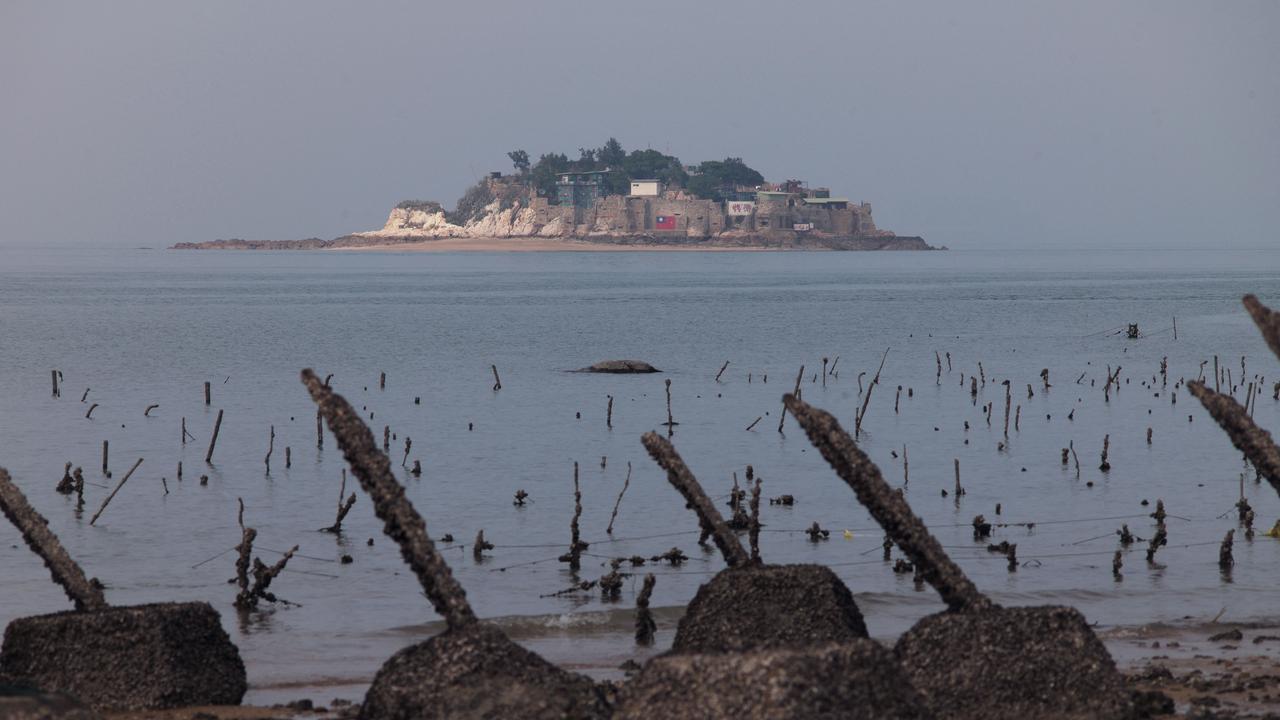
And Moscow belligerence shows no signs of lessening.
“The Ministry of Defence of Russia must be ready for any development of events, including a possible military conflict with NATO in Europe in the next decade,” Russian deputy defence minister Andrei Belousov told a defence ministry conference on December 16.
And any war in the west would require neutralising the prospect of counter-attack in the east.
Priority targets
“Of course, the Russians will have plans for targets in the event of a war breaking out because they need to know what they have to hit,” says Temple University in Tokyo professor of international relations James Brown.
He told publication This Week in Asia that, despite being 10 years old, the war target list remains broadly relevant, with only minor updates needed. Destroying the listed facilities would severely limit the ability of Seoul and Tokyo to defend themselves or participate in any actions against China, North Korea – or Russia itself.
The documents estimate the number of special forces troops needed to breach defences at key sites, including command-and-control bunkers in both South Korea and Japan.
But the leaked plans mostly detail projections of the impact of Russia’s Kh-101 cruise missile against important installations.

The missile (capable of carrying either nuclear or conventional warheads) first entered service in 2012. The 2400kg cruise missile flies at heights of 30m to 70m, following the earth’s contours to avoid detection by radar. It’s believed to be capable of speeds of about 720km/h over 3500km.
“Russia’s plans show a confidence in its missile systems that has since been proven to be overstated,” the FT states.
Designated by NATO as the AS-23 “Kodiak”, the cruise missile has proven unreliable in its use against Ukraine. The US Department of Defence claims the cruise missile has an unacceptably high failure rate: “Either they’re failing to launch, or they’re failing to hit the target, or they’re failing to explode on contact”.
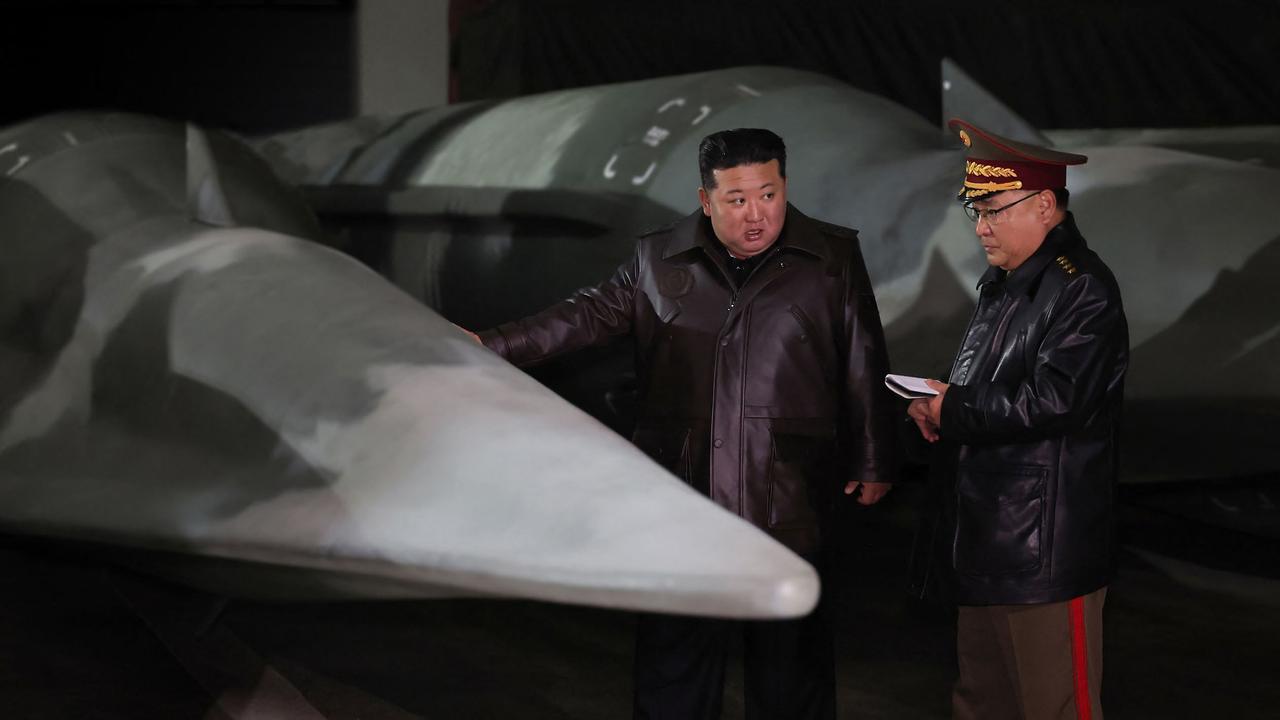
But, in 2014, the Kh-101 was being sold to the Kremlin and its top commanders as a war-winning precision weapon.
The documents’ top 82 northeast Asian targets were primarily military facilities, including regional headquarters, barracks, airfields and naval ports.
One of these is Japan’s radar base on Okushiri Island in the northernmost Japanese prefecture of Hokkaido. The FT report says targeting details include precise specifications of the facility’s buildings, and what effect the Kh-101’s 400kg explosive warhead would have on them.
But the list also includes civilian targets such as the Kanmon Tunnel between Honshu and Kyushu islands and the Tokai Village nuclear complex near Tokyo.
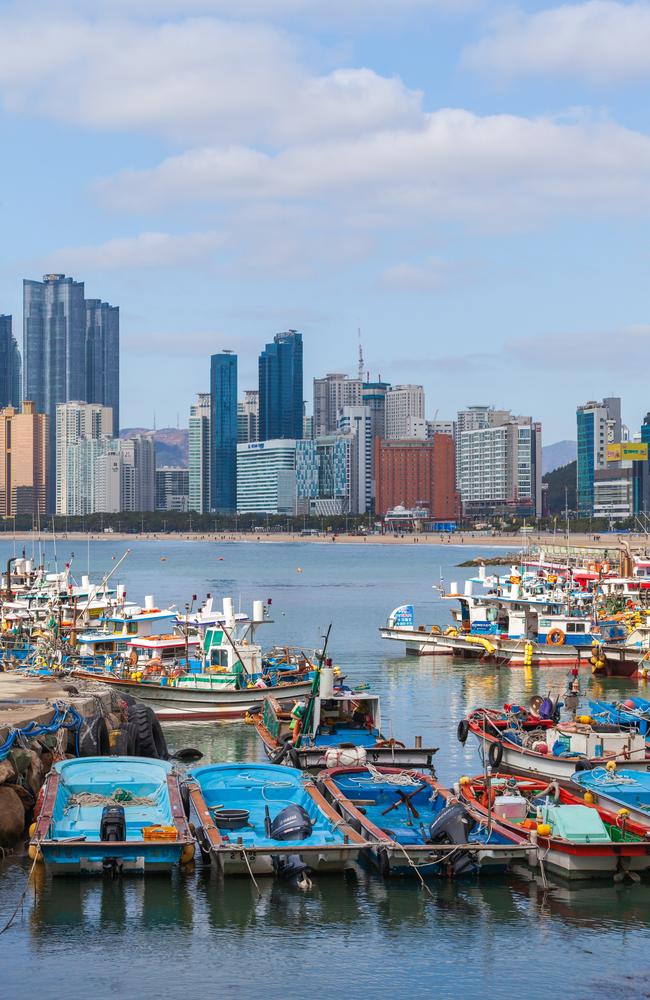
Targets in South Korea are mostly bridges, but include the major chemical factories in the city of Busan and steelworks in Pohang.
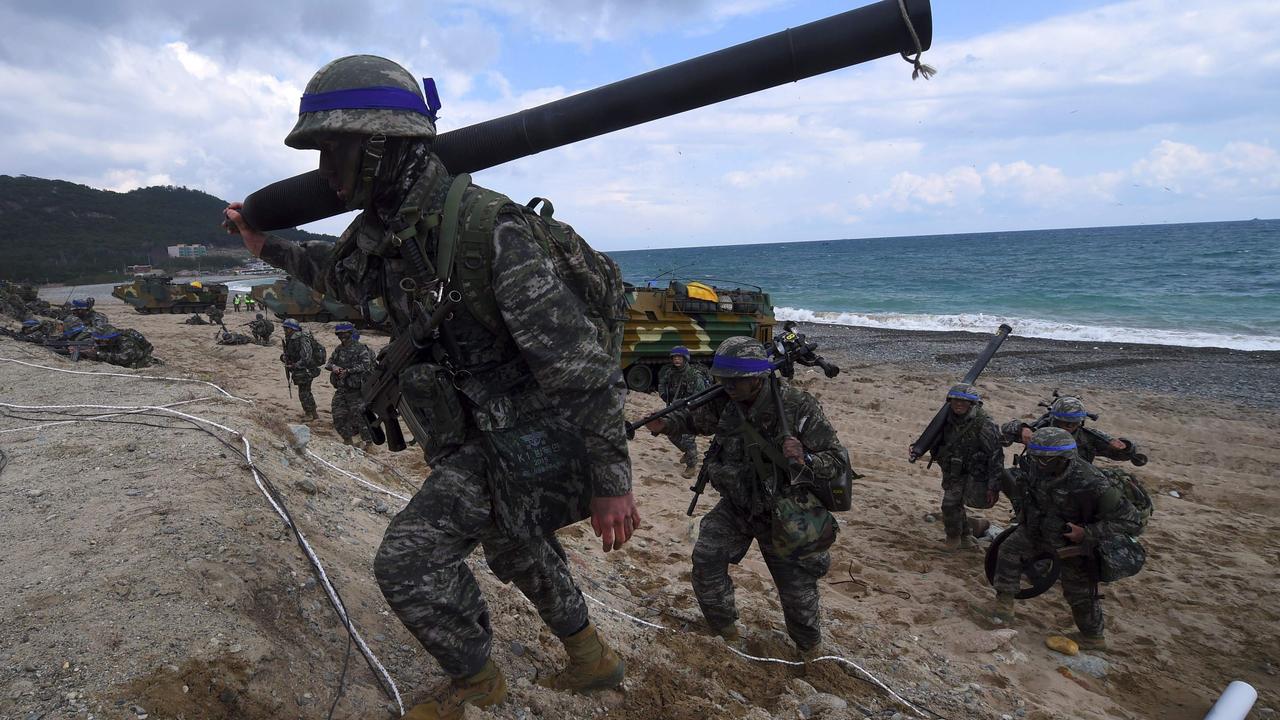
War talk
Both NATO and the Kremlin are openly discussing the prospect of war.
Despite exorbitant losses and the need to ask North Korea and Iran for help, President Vladimir Putin shows no sign of giving up the fight.
Russia has lost many of its most modern tanks, strike aircraft and warships in the bungled invasion of Ukraine. What was supposed to be a quick three to 10-day operation has become three years of grinding attrition.
But, unlike Europe, Moscow has since put the nation on a total war footing, churning out masses of replacement equipment, ammunition – and recruits.
Putin’s deputy defence minister Belousov is upbeat.
He says Moscow has retaken the initiative and is rapidly forcing Ukraine into retreat on multiple fronts. The Kremlin expects to conquer the Luhansk, Zaporizhzhia, Kherson and Donetsk regions over the next few months.
Belousov also boasts Russia has recruited more than 427,000 replacement troops over the past year – an average of 1200 daily.
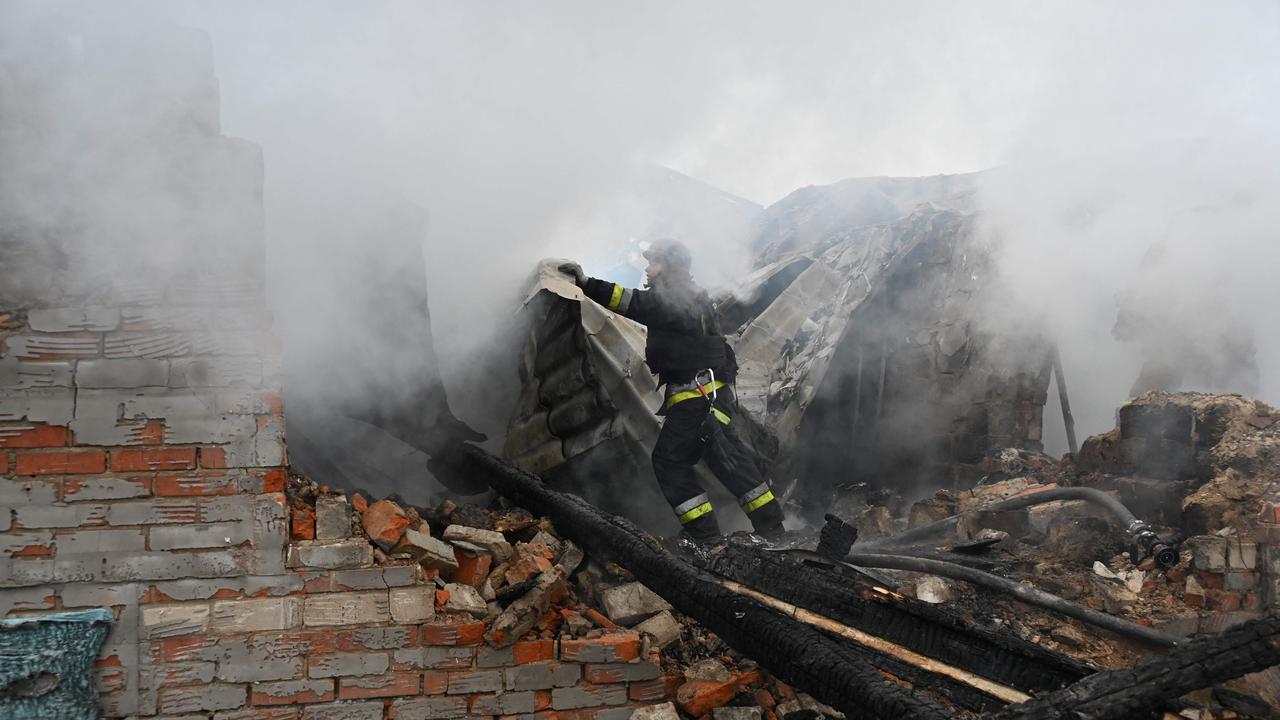
Speaking at the same conference as Belousov, Putin threatened: “Russia is approaching the red line, through which it can no longer retreat and begins to respond.”
He accused the West of “scaring people with a mythical Russian threat”.
“NATO countries increase military spending and presence near Russian borders. The number of American servicemen in Europe has already exceeded 100,000,” he added.
But Moscow’s invasion of Ukraine is seen by former Soviet states including Latvia, Lithuania and Estonia, as vindication of their decision to join NATO in the 1990s.
And Putin’s threatening rhetoric has convinced Finland and Sweden to abandon their long-held neutrality and seek the protection of the NATO alliance.
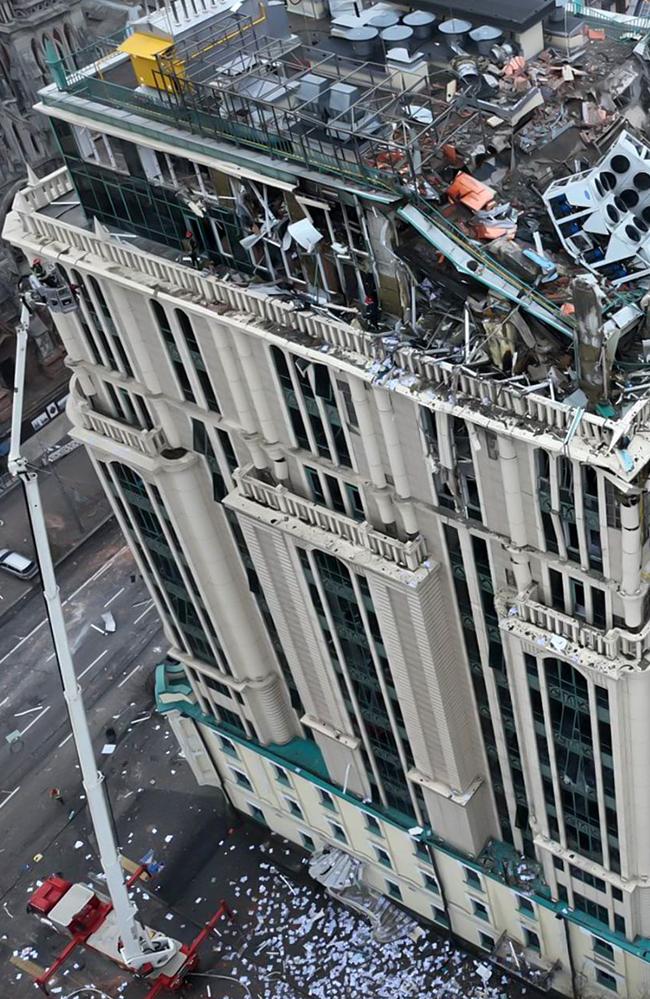
Clear and present danger
In September, the European Union’s commissioner for defence said that defence ministers and officials “agree that Vladimir Putin could be ready for confrontation with NATO and the EU in six to eight years”.
“Russia is preparing for a war with the West,” Bruno Kahl, the head of Germany’s foreign intelligence service, stated in November.
This is unlikely to be a Cold War-style frontal assault, he explained. Instead, Moscow’s move would likely begin with sabotaging vital infrastructure and inciting civil unrest.
The warning came after Germany’s Ministry of Defence claimed it had evidence of a Russian plot to sabotage NATO’s vital Geilenkirchen Air Base.
This facility hosts NATO’s fleet of Airborne Warning and Control System (AWACS) radar aircraft, which offer advanced warnings of any attack. The revelation came after drones were spotted near the base practising “suspicious” night flight patterns in August.
But Estonia’s foreign intelligence service warned earlier last year that the Kremlin would have rebuilt its force sufficiently to deploy “a Soviet-style mass army in the next decade”.
“If we take these assessments seriously, then that is the time for us to properly prepare, and it is a short one,” former Lithuanian prime minister Andrius Kubilius said.
“This means we have to take quick decisions, and ambitious decisions.”
German defence minister Boris Pistorius has added his voice to calls for immediate action. “If Putin attacks, we need to be able to wage war,” he said in November.
Many European nations, especially the UK, have remained reluctant to increase defence spending in the 10 years following Russia’s initial invasion of Ukraine,
That means they are likely to run out of vital advanced ammunition within weeks of the outbreak of war – just as Moscow did in Ukraine.
In November, NATO’s Admiral Rob Bauer said Western businesses “need to be prepared for a wartime scenario and adjust their production and distribution lines accordingly”.
“While it may be the military who wins battles, it’s the economies that win wars,” Mr Bauer concluded.
Jamie Seidel is a freelance writer | @jamieseidel.bsky.social
More Coverage
Originally published as Russian President Vladimir Putin’s secret documents leaked









